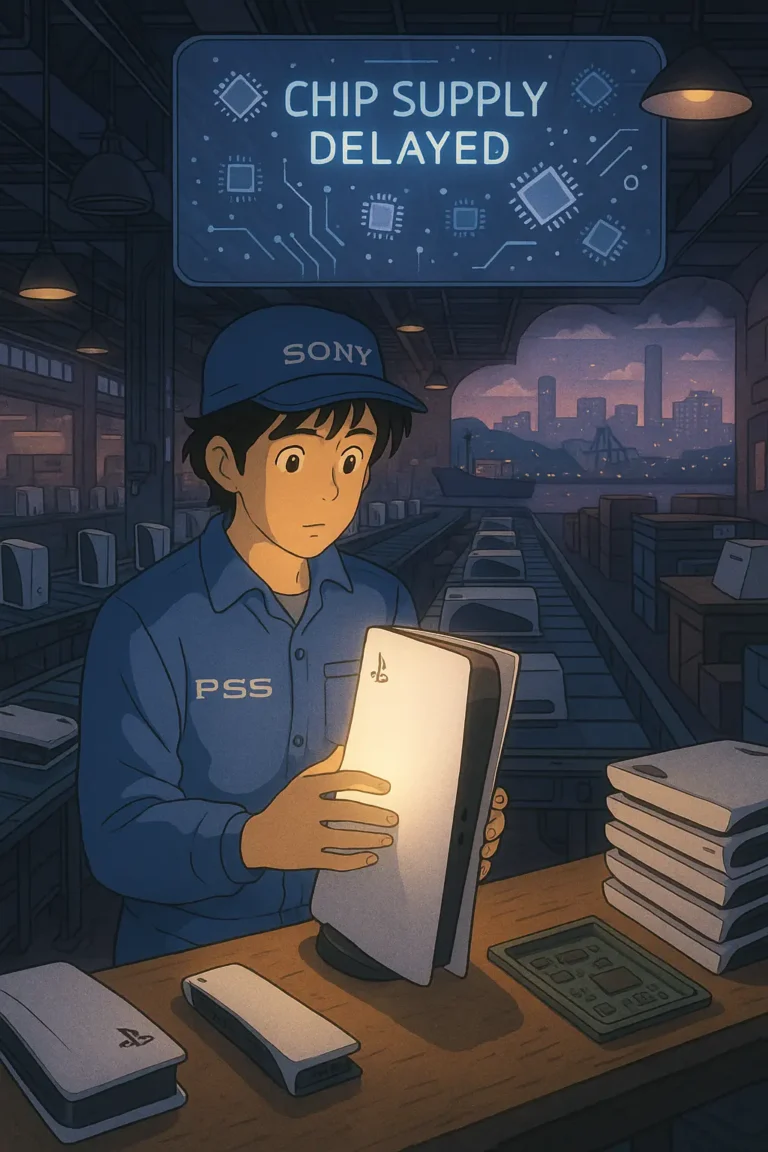
Before Selina Wamucii’s Digital Integration of farms in Kenya, many smallholder farmers struggled to get fresh produce to market.
Their crops often lost value due to:
- Long travel times
- Poor road conditions
- Lack of direct links with buyers.
In 2018, nearly 60 percent of farmers reported losing part of their harvest because of delays and waste. The situation made it hard for farmers to earn enough income, leaving buyers with less fresh food. Farmers faced daily setbacks that ate into their earnings. With no direct line to markets, they had no choice but to depend on middlemen who took large cuts of their profit.
Delivery times sometimes stretched from a few days to over a week, causing spoilage and reducing the price of good produce by 20 to 30 percent.
These delays hurt local communities and kept small farms in a cycle of low income. Farmers and consumers lost significant revenue without steady fresh produce, and the supply chain was stuck in old, inefficient ways.
However, in 2019, Selina Wamucii’s Digital Integration of Farms Changed the Game
In Kenya, the market for fresh produce contributes significantly to the country’s GDP.
The vegetable market in Kenya is currently valued at approximately $7.67 billion USD in 2025. Improving just 10% of that chain could add hundreds of millions in revenue. By connecting over 10,000 smallholder farmers to a simple online platform, the project brought market data and logistics support directly to them.
Farmers began getting their crops to market 30 percent faster with real-time updates and clear pricing.
According to recent data, this digital approach boosted farmer’s earnings by 25 -60 percent. The new system eliminated unnecessary delays and built trust between farmers and buyers. Selina Wamucii’s digital integration of farms is a testament to how technology can open new doors, streamline supply chains, and lift entire communities toward better living standards.
Read more: Takeaways From Heineken’s Green Supply Chain Operations in Africa.
Lessons From The Story
Selina Wamucii’s digital integration journey highlights a few lessons for any African agro company that wants to adopt technology in its supply chain.
1. Simple Mobile Tools Can Create Huge Changes
Statistics show that only about 70% of Kenyans have access to smartphones. By designing a system that worked on basic phones, the company gave most farmers an easy way to connect.
2. Real-Time Updates Matter
Selina Wamucii’s digital solution gave farmers current market prices and timely delivery schedules, saving them from guessing games.
Research showed that farmers with accurate price information could negotiate better deals, resulting in at least a 20% rise in profit margins for some farming families. A digital trail also helped with quality control because the platform tracked produce from the farm to the buyer, reducing the chance of mixing low-quality products with top-grade items.
3. Collaboration Plays a Vital Role
Selina Wamucii worked with local cooperatives, government agencies, and financial institutions.
Local cooperatives spread the word to their members, government agencies offered support through agricultural programs, and financial institutions provided loans to farmers who wanted to expand their fields. These partnerships boosted growth and shared risks. Farmers felt supported, buyers trusted the system, and local banks saw an opportunity for secure lending.
This supply chain collaboration and team effort helped keep the supply chain strong, even when unpredictable rains or prices changed.
4. Data is a Powerful Tool in Planning
By collecting data on farmers’ growth and when the growth happened, the platform was able to prevent oversupply and shortages. If farmers saw tomatoes flooding the market, they could switch to other crops and reduce waste. This approach improved overall efficiency in the chain by balancing what farmers produced with what buyers demanded.
Read more: Inside Dangote Cement’s fleet operations success.
How Can African Agro Supply Chains Achieve the Same Success?
African agro-supply chains can learn from Selina Wamucii’s example by adopting a few important strategies.
1. Invest in Simple Technology
Many companies always think of high-end applications and tech solutions as what they need.
However, that is seldom the case. Using a basic system can go a long way; they can handle a lot in many cases. Start with tools that farmers already understand. This will encourage them to join without feeling overwhelmed by complicated gadgets.
2. Build Trusted Partnerships
Form connections with local cooperatives, NGOs, and financial institutions. Each partner brings unique skills. Cooperatives help enroll farmers, NGOs offer training, and banks provide credit. Working together shares risks and multiplies benefits.
3. Create a Reliable Feedback Loop
Give farmers clear information about market prices and demand. This helps them avoid gluts and shortages. In return, encourage farmers to share honest updates about crop conditions. A two-way flow of information keeps everyone prepared for shifts in weather or demand.
4. Prioritize Transparency
Let everyone see how goods move from farm to buyer. This builds trust and reduces cheating. Think about labeling or tracing systems so production can be tracked. When buyers know the source and quality of items, they are more likely to pay a fair price.
5. Adopt Flexible Logistic Solutions
Poor roads and limited cold storage can disrupt plans. To manage these problems, partner with transport services that understand local conditions. Offer incentives to drivers who deliver goods on time and in good shape. You can reduce waste and delays by adjusting routes and schedules based on daily data.
Read more: Learning from the success of Amazon warehouse automation in 2012.

Obinabo Tochukwu Tabansi is a supply chain digital writer (Content writer & Ghostwriter) helping professionals and business owners across Africa learn from real-world supply chain wins and setbacks and apply proven strategies to their own operations. He also crafts social content for logistics and supply chain companies, turning their solutions and insights into engaging posts that drive visibility and trust.







